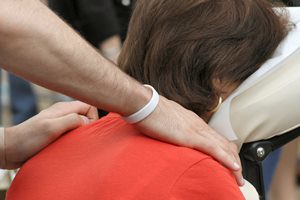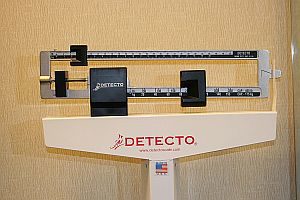Playground Safety Checklist: Basic Design and Maintenance

If you’re a parent, you may have noticed that hard asphalt and sharp edges are on their way out at playgrounds around the country. In large part, these changes are due to concerns over injuries and law suits. Over 200,000 children in the US are treated each year in hospital emergency rooms for playground-related injuries. That’s a lot of opportunity for enterprising attorneys, especially in cases where parents or guardians lack health insurance.
Accident and litigation concerns aside, it is important for children to get outside in the fresh air and exercise. This is particularly true considering the increasing rate of childhood obesity. Playgrounds can be ideal areas for kids to socialize while getting the exercise they need. By checking the playground for safety hazards and following some simple guidelines, there is no reason why your kids can’t take advantage of all a playground has to offer.
The most important element to playground safety is adult supervision. Kids need to be supervised whenever they are using playground equipment so an adult can intervene when a child is not using the equipment properly or is acting in a dangerous fashion. Kids like to test their limits, and sometimes young children cannot properly judge distances and may try something that is likely to cause injury.
The playground surface is important in reducing the number of injuries from falls. Asphalt and concrete are obvious surfaces to avoid, but so are grass and packed soil surfaces. None of these are able to cushion a child’s fall appropriately. Instead, look for playgrounds that have safety-tested rubber surfacing mats or areas of loose fill 12 inches deep made from wood chips, shredded rubber, mulch, sand or pea gravel. The cushioned surfacing should extend at least 6 feet from any equipment, and sometime farther, depending on the particular piece of equipment (such as a high slide or a long swing).
Children should always play in areas of the playground that are age-appropriate. Playgrounds should have three different clearly designated areas for different age ranges of children: those younger than 2 years old, children 2 to 5, and children 5 to 12 years of age. Children under 2 should have spaces where they can crawl, stand and walk, and can safely explore. Kids age 2-5 should use equipment such as low platforms reached by ramps and ladders, flexible spring rockers, sand areas and low slides no higher than 4 feet. Kids age 5 to 12 can use rope climbers, horizontal bars, swings and slides, in addition to having open spaces to run around and play ball.
Following are a few basic guidelines to ensure playground equipment safety:
- Seesaws, swings and any equipment with moving parts should be located separately from the rest of the playground.
- There should be no openings on equipment between 3.5 inches and 9 inches where parts of a child’s body may become trapped (such as rungs on a ladder).
- The top of a slide should have no open areas where strings on clothing can get caught and cause strangulation.
- There should be only two swings per bay, and should be placed 24 inches apart and 30 inches from any support.
- Equipment should not be cracked, splintered or rusty, and hardware should be secure.
- Sandboxes should be checked for loose debris such as broken glass and sharp sticks and should be covered overnight to prevent animals soiling it.


 What do you think about when you hear the word “massage”? If you’re like many people, you associate massage with a day of pampering at an exclusive resort spa in the mountains or at the beach. But if that’s the first picture that comes to mind, you might be missing something very, very important. That something is the therapeutic value of massage—the ways that massage can actually improve your health and well-being.
What do you think about when you hear the word “massage”? If you’re like many people, you associate massage with a day of pampering at an exclusive resort spa in the mountains or at the beach. But if that’s the first picture that comes to mind, you might be missing something very, very important. That something is the therapeutic value of massage—the ways that massage can actually improve your health and well-being. It’s no secret that some jobs are just more physically demanding and more dangerous than others. Some of the most challenging ones are obvious—combat roles in the military, fire and rescue, heavy construction and deep sea fishing are just a few that come to mind. However, when it comes to non-fatal musculoskeletal injuries, the statistics tell a very different story about occupational health and safety and about who’s most likely to get hurt on the job.
It’s no secret that some jobs are just more physically demanding and more dangerous than others. Some of the most challenging ones are obvious—combat roles in the military, fire and rescue, heavy construction and deep sea fishing are just a few that come to mind. However, when it comes to non-fatal musculoskeletal injuries, the statistics tell a very different story about occupational health and safety and about who’s most likely to get hurt on the job. Studies have shown that one of the best ways to stick to your fitness regime is to have a reliable fitness partner. Being a fitness buddy means that someone else is counting on you to make them accountable for their workout, keep them inspired and ensure that they are not alone in their quest for fitness. To be a great fitness buddy you just need to keep a few basic guidelines in mind:
Studies have shown that one of the best ways to stick to your fitness regime is to have a reliable fitness partner. Being a fitness buddy means that someone else is counting on you to make them accountable for their workout, keep them inspired and ensure that they are not alone in their quest for fitness. To be a great fitness buddy you just need to keep a few basic guidelines in mind:


